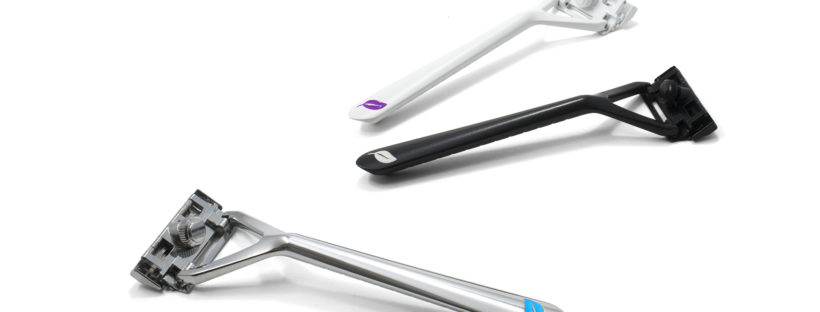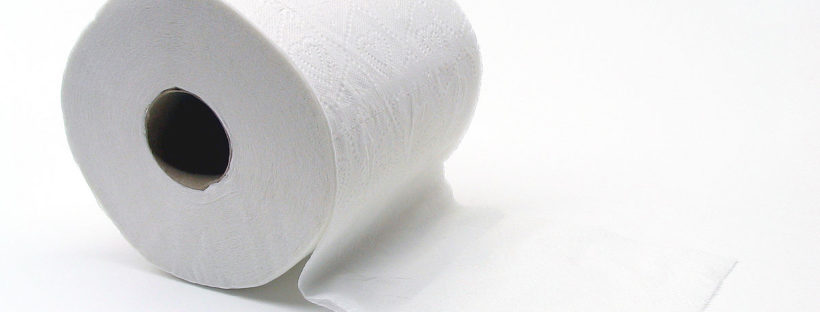I’ve been trying to cut down waste this year (especially single use plastic) and unfortunately in many cases solutions aren’t very cheapass friendly or come with other compromises. Fortunately today’s topic is an easy win – the Leaf razor is the best razor I’ve used and way cheaper over the long run than a cartridge razor.
The Environmental Impact
I’ll admit the tiny bit of plastic in a razor cartridge seems small compared to say a laundry jug. But then you have to remember the plastic tray, the plastic packaging, etc. In the US alone estimates are we use billions of cartridges and disposable razors annually. So it may not be individually huge, but it all adds up.
What’s a Leaf Razor?
Basically the Leaf has the pivoting head of a cartridge type razor but instead of being disposable it’s a permanent metal head and holds halved double edge razor blades. One screw holds it all together, then you can pop in new blades. This is a real game changer because while a safety razor is retro cool, it’s really hard to shave your head using one.
I’ve been using the Leaf a few months now and I can confidently say I actually prefer the Leaf to any cartridge razor I’ve ever used. I’ve found I’m getting a cleaner shave, fewer nicks, and zero clogging.
Convenience
I was worried the Leaf would be cumbersome to swap blades but it actually only takes a few seconds more than a cartridge. Their blades are pre-halved but I wasn’t in love with their blades. Fortunately you can use any double edge razor blade snapped in half, which is surprisingly easy to do.
Speaking of blades, Amazon has great blade sample kits so you can easily find a blade to your liking. I also recommend picking up a razor bank so you can safely store and recycle your used blades. You can even send in razor banks a few places to recycle, though I’m not sure the shipping is worth the recovery of a small mount of metal.
The Cost and Savings
Using highly regarded Derby blades, each 3 blade swap is just 18 cents. If you like the high end Feather blades you’re looking at 50 cents. Considering cartridges often cost $1-4 each someone who uses just one cartridge a week could save $43-182/year.
So what’s the catch? You’ll spend $84 on the Leaf but it’s not hard to see you’ll quickly make up the investment in a Leaf. The good thing is Leaf has a lifetime warranty and I know from a friend who dropped and broke theirs that they stand by the product.
The Downsides and Tips
Common complaints about the Leaf are some find it slippery in the shower and hard to get tight spots like under the nose. Fortunately they now offer a silicone sleeve for the handle to address the grip. They also offer a new Twig razor which is ideal for detail work, you can get both razors for $128.
Bottom Line
To me Leaf is a no-brainer zero plastic option – it works better, costs less usually in the first year or two, and should be with you for a lifetime. Now to find the perfect zero plastic shaving cream…

